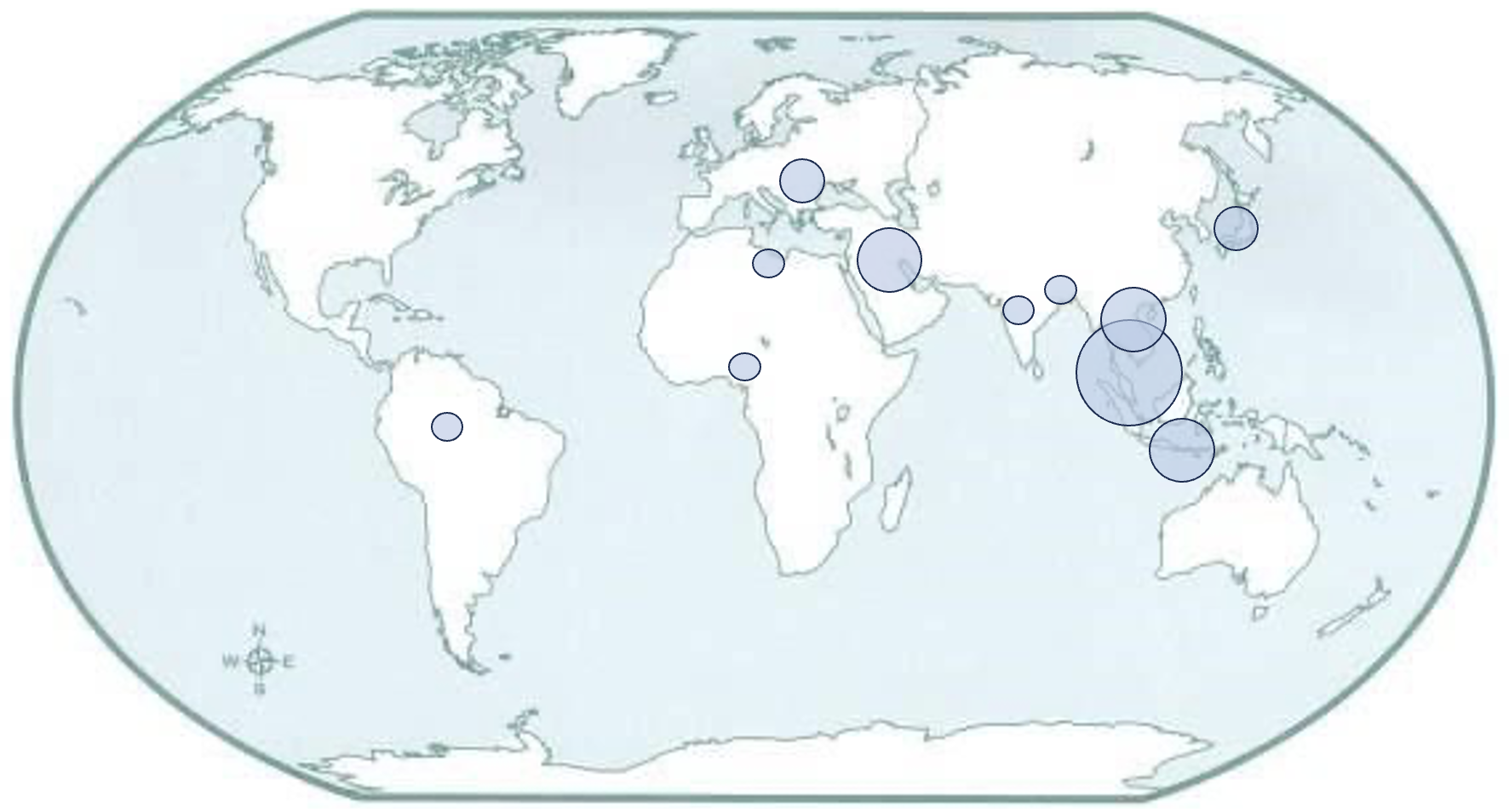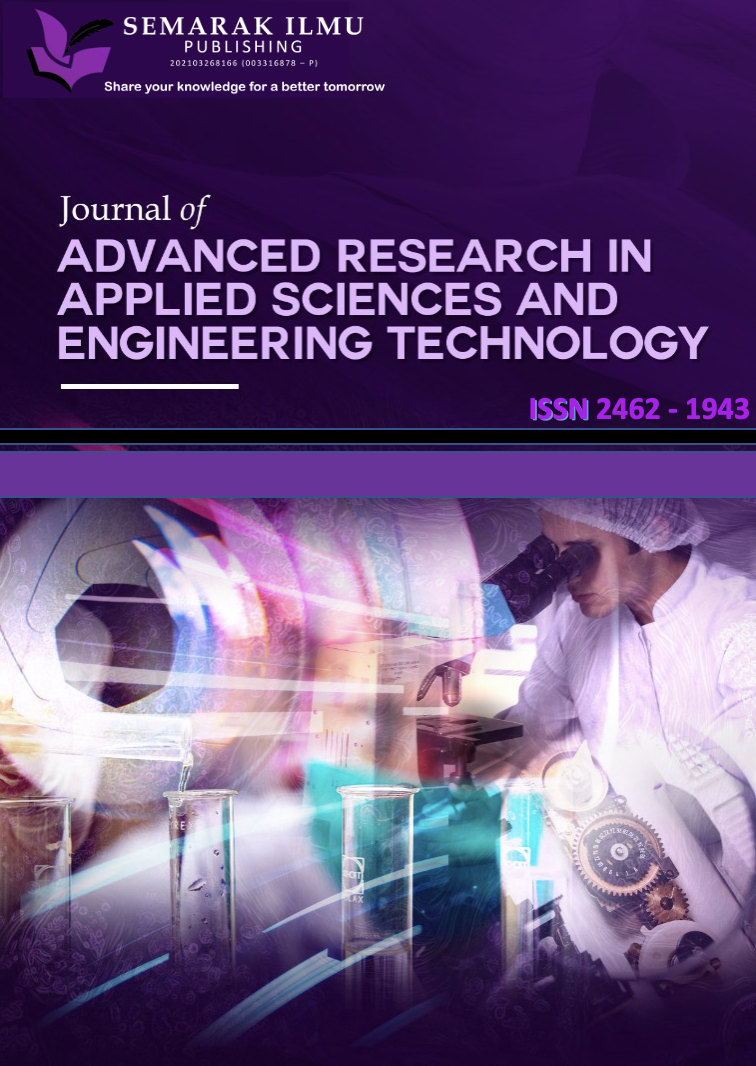Effect of SiO2 Content on the Microstructure and Photocatalytic Activity of TiO2 Films on Ceramic Substrate
DOI:
https://doi.org/10.37934/armne.24.1.95104Keywords:
SiO2, TiO2, photocatalytic, ceramic tilesAbstract
TiO2 films has been widely used and deposited on various substrates due to its potential application as a photocatalyst. However, on unglazed or glazed ceramic tiles, TiO2 films on both substrates commonly resulted in a cracked morphology of the film. The cracks present usually lead to delamination and peel off of film from substrate and reduce its photocatalytic efficiency. Therefore, a binder needs to be added into the composition of TiO2 sol in an effort to eliminate cracking when deposited on ceramic substrates. In this work, silica (SiO2) powders were added into TiO2 sol preparation as an additive to act as a binder, in order to improve the microstructure of TiO2 films on unglazed ceramic tiles by sol-gel dip-coating. TiO2 sol with different amount of SiO2 (1, 3, 5 mol%) were utilized during film deposition. The crystalline phases were characterized by XRD, while film morphologies were analysed by SEM. The photocatalytic activity was evaluated by degradation of methylene blue under UV irradiation according to ISO 10678. The reduction of cracks formation was observed at a high amount of SiO2 (5 mol%) added and resulted in lower thickness of the films. The reduced cracks and delamination of film ensures film to bind closely to the substrate hence reducing film thickness. The highest degradation observed is at 3 mol% SiO2 where the microstructure consists of small cracks which promoted to more exposure of UV irradiation that enhanced the film’s photocatalytic activity.
Downloads

























